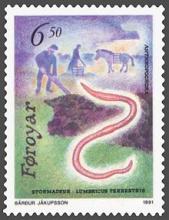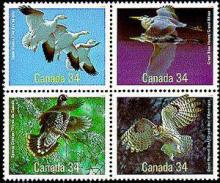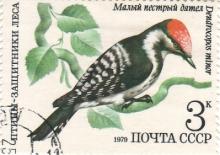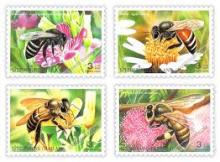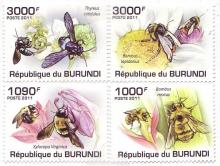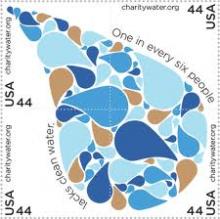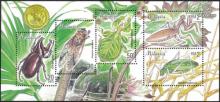
Parts per billion of neonicotinoids in pollen are indeed infinitesimal, but they do cause adverse effects on honeybees. Luc Belzunces, a bee researcher at INRA (the French Agricultural Research Institute) in Avignon published “Discrepancy between acute and chronic toxicity induced by imidacloprid and its metabolites in Apis mellifera” (Environ. Toxicol. Chem. 20(11):2482-6) in 2001. He found an acute lethal dose of imidacloprid of only 40 nanogram per bee, much less than most other insecticides. However, his big discovery was that the lethal dose from chronic exposure to imidacloprid was 4,000 times less, “Ingesting 1 picogram a day was enough to kill a bee within 10 days”, he told INRA magazine (June 2009). “Moreover, imidacloprid degrades into 6 metabolites, some of which are even more toxic.” He said that the capacity to measure very small traces of imidacloprid in pollen now shows that the concentration is in the range of microgrammes per kg (parts per billion) of pollen and that this constitutes a risk for bees.
Luc Belzunces' conclusion was subsequently substantiated by Dr Jeff Pettis of the US Agricultural Research Service and his colleagues (published in 2012 in Naturwissenschaften DOI 10.1007/s00114-011-0881-1). Since one thing common to bee colonies that go on to collapse seems to be a greater variety and higher load of parasites and pathogens than other colonies, they wondered in particular whether neonicotinoids might be weakening the insects’ immune systems, and thus allowing infections to spread through a hive. To find out, they gave 20 hives protein food (a substitute for pollen, which is fed to developing larvae) that had been spiked with imidacloprid. In ten cases the dose was five parts per billion (ppb); in the other ten it was 20 ppb. Previous experiments have shown that neither dose perceptibly harms bees. A further ten hives were given un-spiked food as a control. Then, when the young bees emerged a few weeks later, Dr Pettis collected them and fed them with spores of a fungal parasite called Nosema. Twelve days later, he killed them and estimated the extent of their infestation. Both of the groups that had been exposed to imidacloprid harboured an average of 700,000 parasite spores in each bee. Bees from the control colonies, by contrast, harboured fewer than 200,000 spores in their bodies. The insecticide, in other words, was exposing bees to infestation, and thus to a much greater chance of dying prematurely. Similar results had been published by Cédric Alaux and his colleagues from France in 2010 (Environ. Microbiol. 12(3): 774–782). Vidau et al. (2011) showed that exposure to sublethal doses of fipronil and thiacloprid highly increased the mortality of honeybees previously infected by Nosema ceranae. PLoS ONE 6 (6):e21550.

